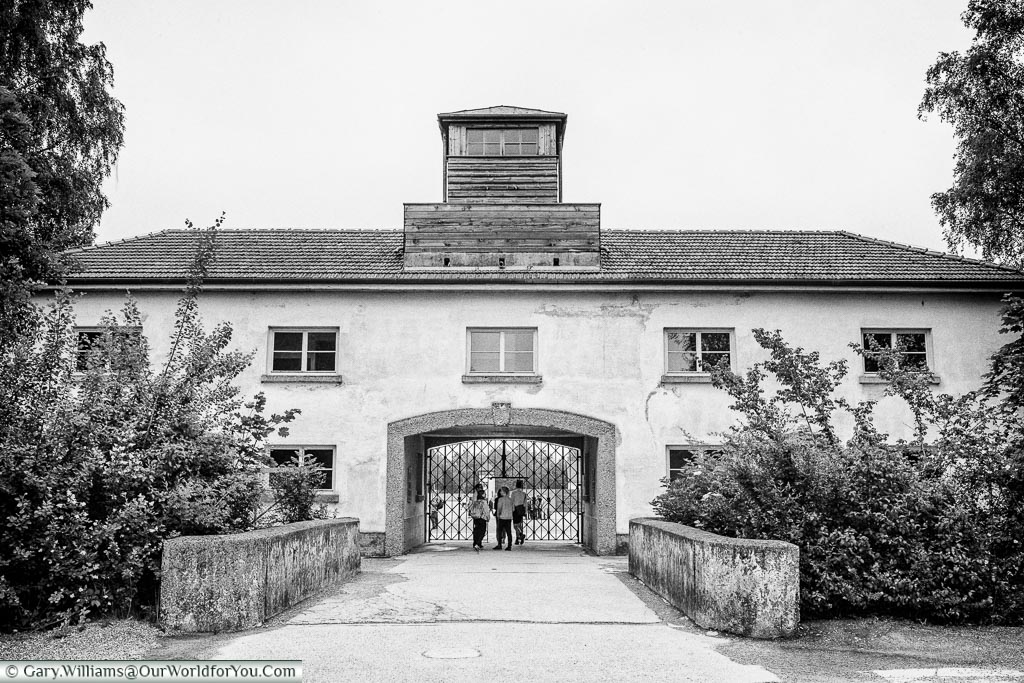
A touching visit to Dachau Concentration Camp Memorial Site, Germany
This can never be forgotten

The Jourhouse, or main entrance, of the Dachau Concentration Cam
Dachau Concentration Camp is a clear indication that his authoritarian ways started way before then.
Just around seven weeks into his reign of becoming Reich Chancellor on 30th January 1933, Dachau camp was set up on 22nd March 1933.
Quick Links
You must visit
For a few days leading up to our visit to Dachau, we were fortunate to have been enjoying blue skies and sunshine. On this June morning, it had changed, a greyness and slight chill in the air sombrely fitted the surroundings of Dachau concentration camp.
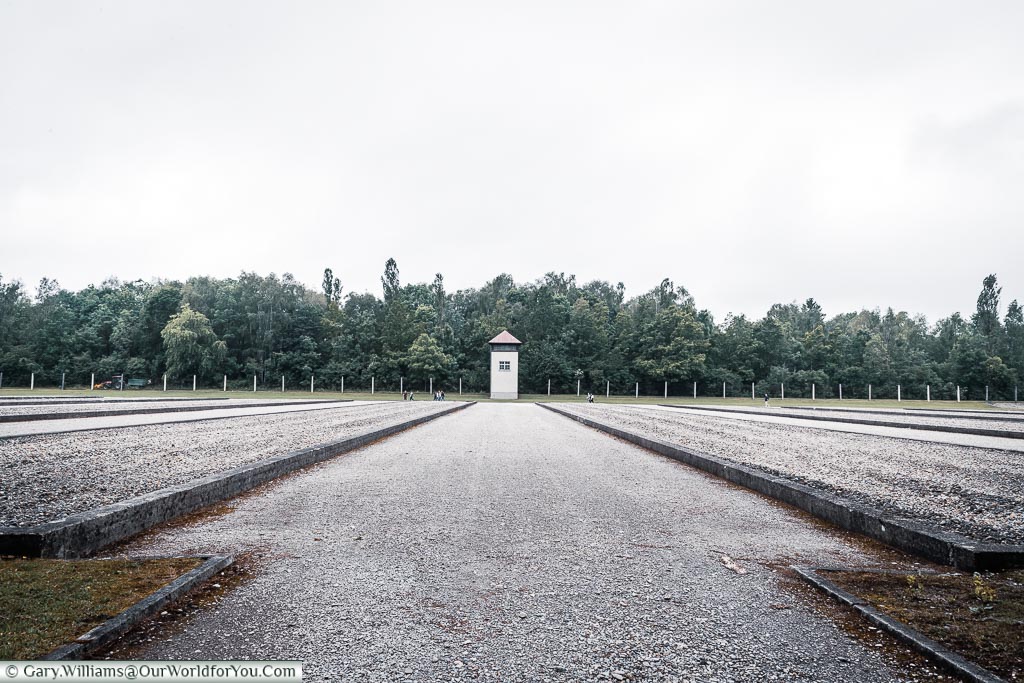
Site of prisoner’s barracks, Dachau Concentration Camp Memorial
What lay beyond
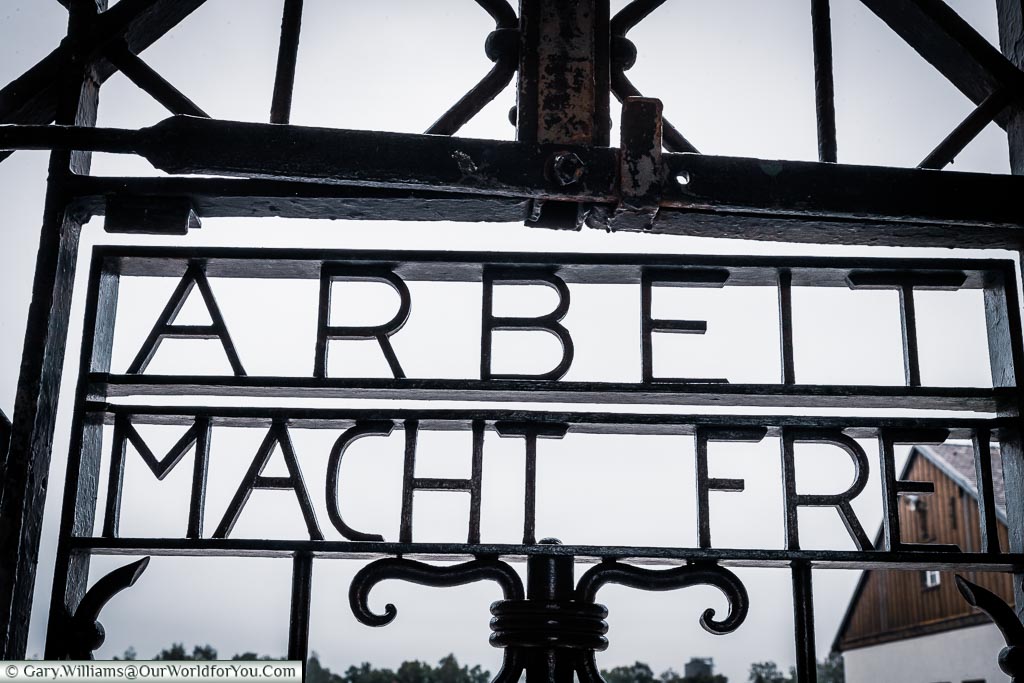
Arbeit macht frei - 'Work Sets You Free’
What tormenting thoughts must have been chasing around their minds, Gary and I could not even begin to comprehend.
Prior to wandering through the main gates, we head opposite to where the old railway tracks can scarcely be seen. Alongside is a small section of the crumbling deserted station platform, that would have greeted thousands to their final destination in life.
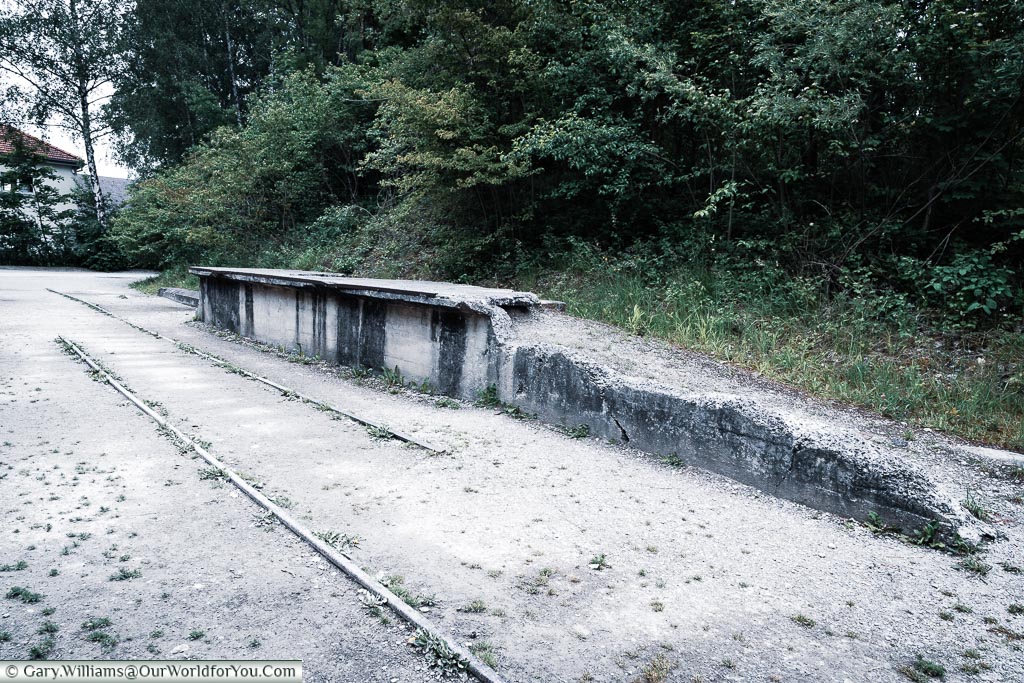
Dachau crumbling station platform
What now remains of the cold grey iron tracks, just lead off into the distance to nowhere.
It was quite moving here, and as you stood back away from the entrance. You could envisage the incredibly touching site of row upon row of prisoners shuffling towards the gates.
Roll-call in Dachau
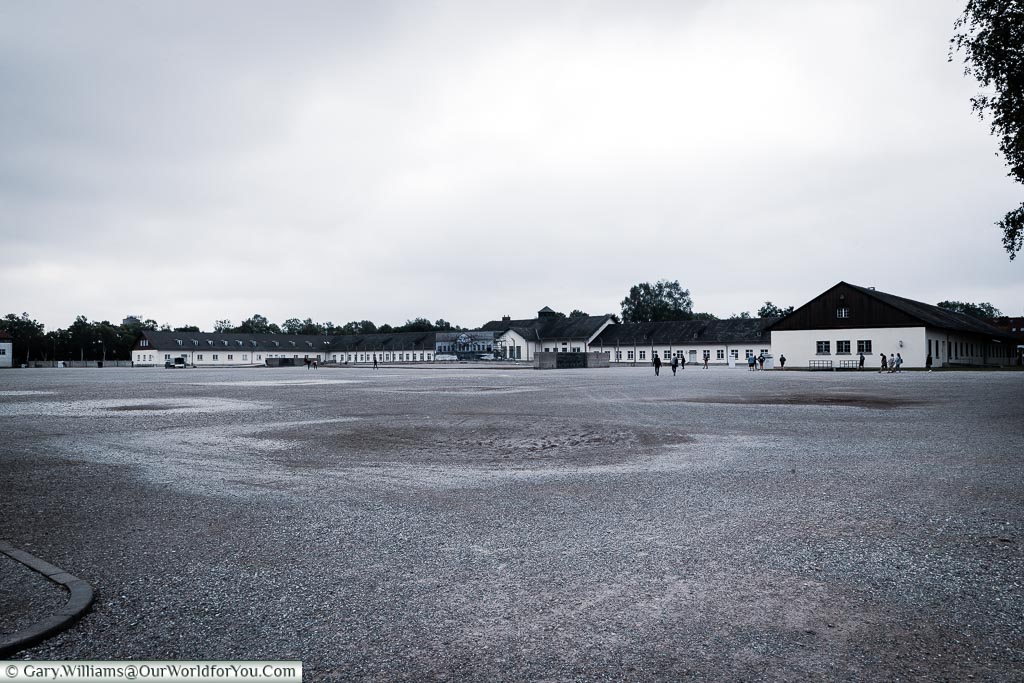
The daily roll-call for these prisoners was held in a bleak, grey expanse of misery. This routine in Dachau and other concentration camps was enforced on all men. Even the recently dead would need to be carried or dragged out by their friends or comrades. They could barely support the weight of their own bodies, let alone the indignity that had befallen their friend.
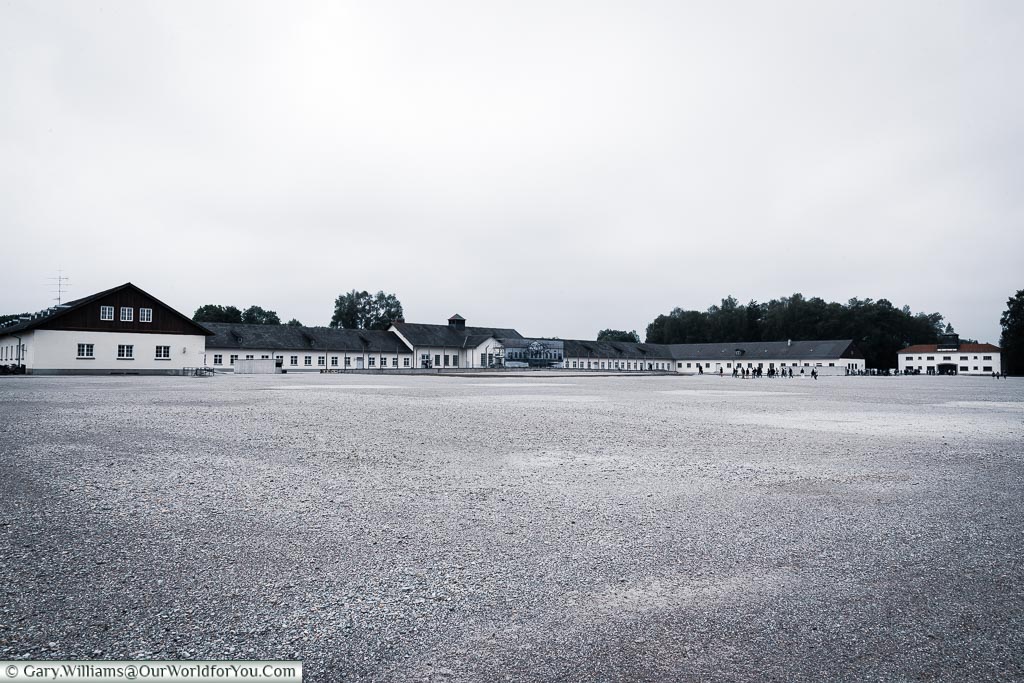
This awful act was carried out morning and evening, and prisoners were counted, to ensure that no one had escaped that day. Who would blame them for trying to escape when the alternative was life under these savages?
So close to Munich
The roll-call square in Dachau could hold forty to fifty thousand people.
The story unfolds
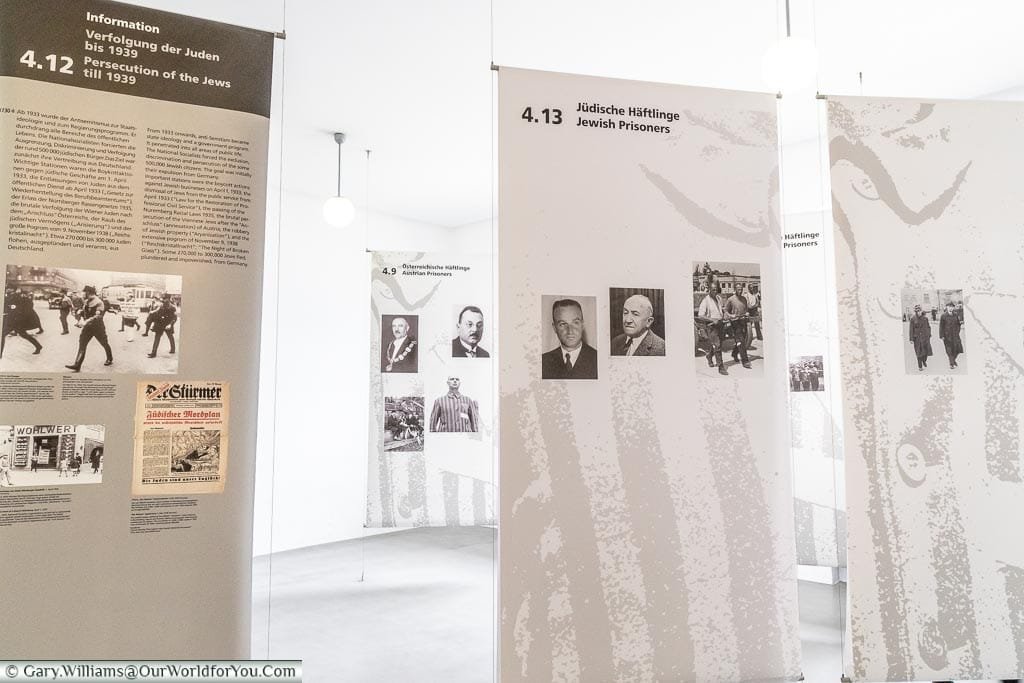
The presentation focuses on the path and the awful fate of the prisoners. It explains in detail why these innocent people were targeted, humiliated, tortured and murdered by the SS.
There were also moving first-hand stories of those liberated to their freedom.
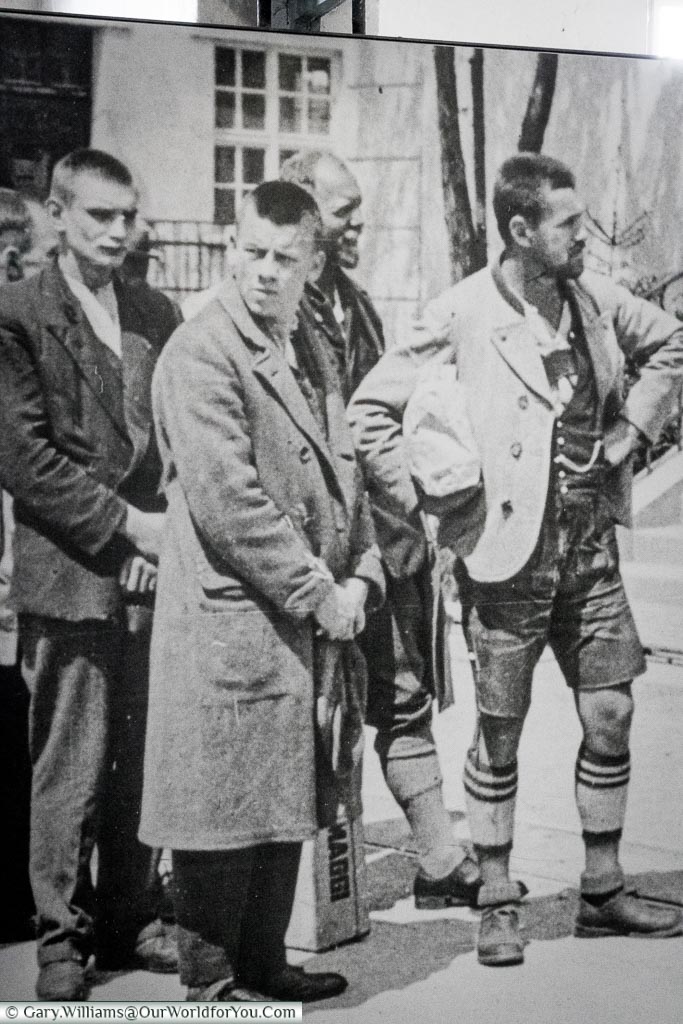
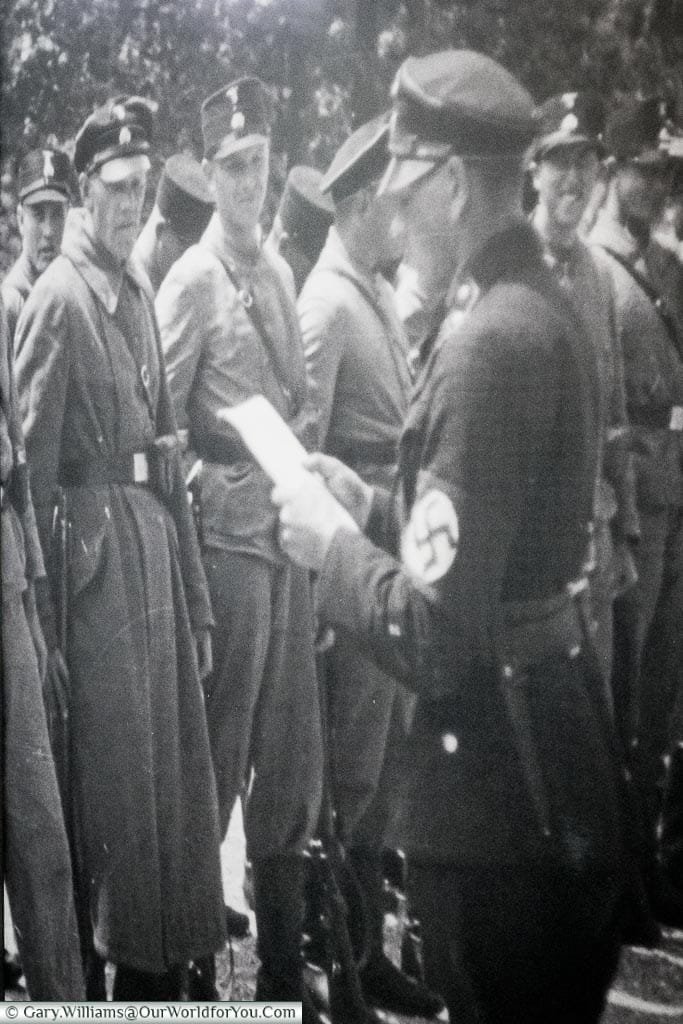
No escape
Dotted around the rusty barbed wire perimeter fence, are still some of the restored watchtowers. These give such a spine-tingling reminder of many prison camps around the world. And a tiny inkling into the big brother world that was the prisoner’s day to day lives.
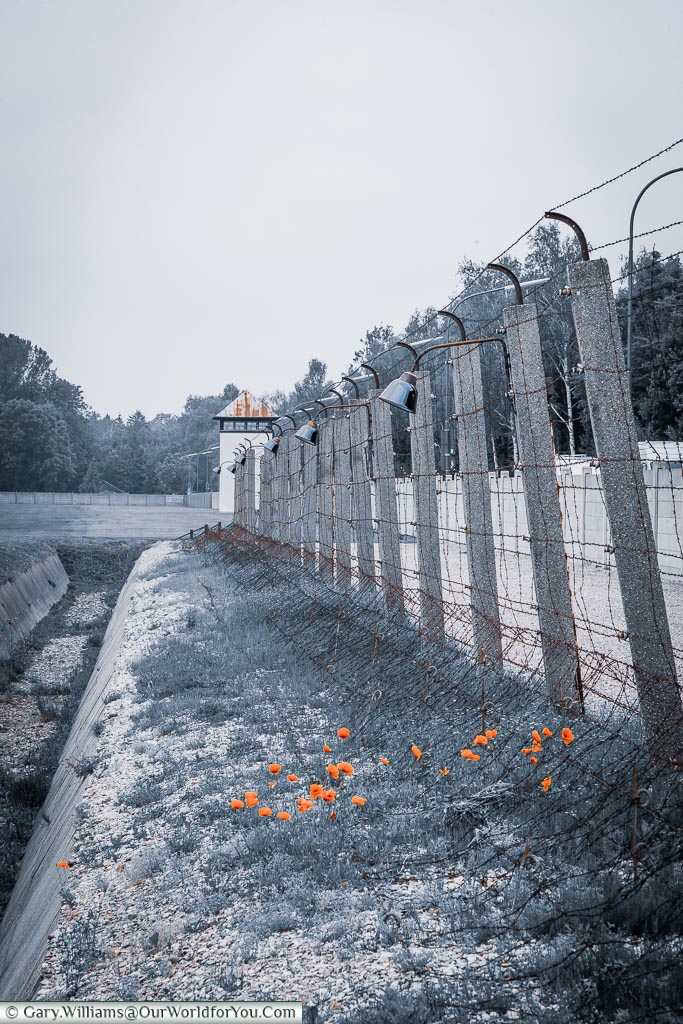
Watchtower & Fence

International Memorial
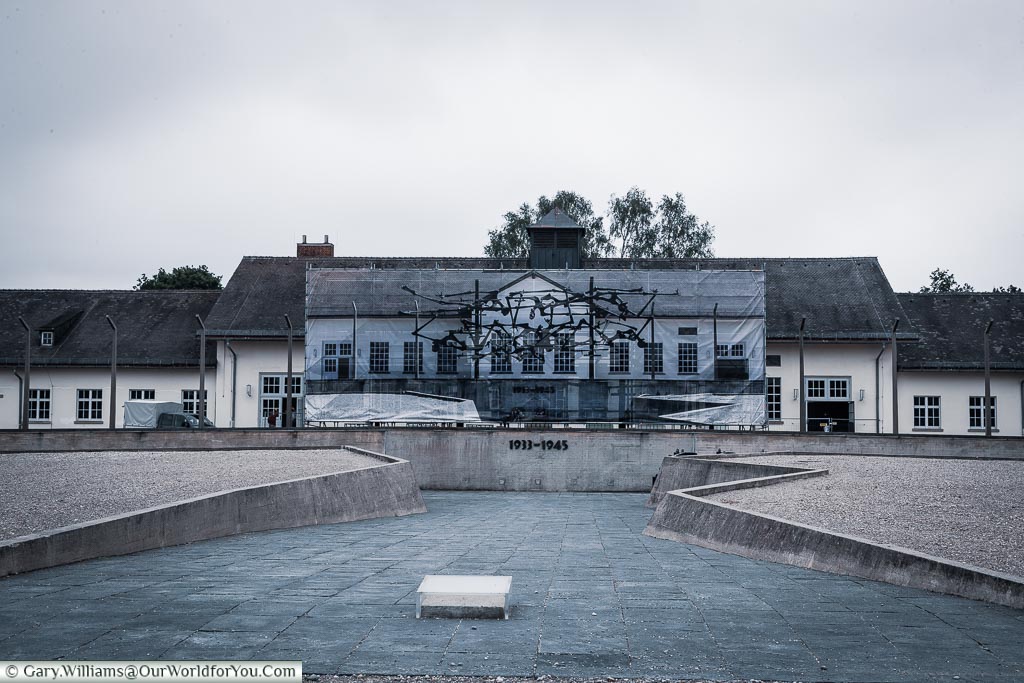
International Memorial
Initially, Dachau camp was populated by mainly Germans but, as the months and years ticked by, and they entered into the very early years of the Second World War this changed.
More and more people from other European countries were being sent to Dachau. The largest nationality within Dachau soon became to be the Polish.
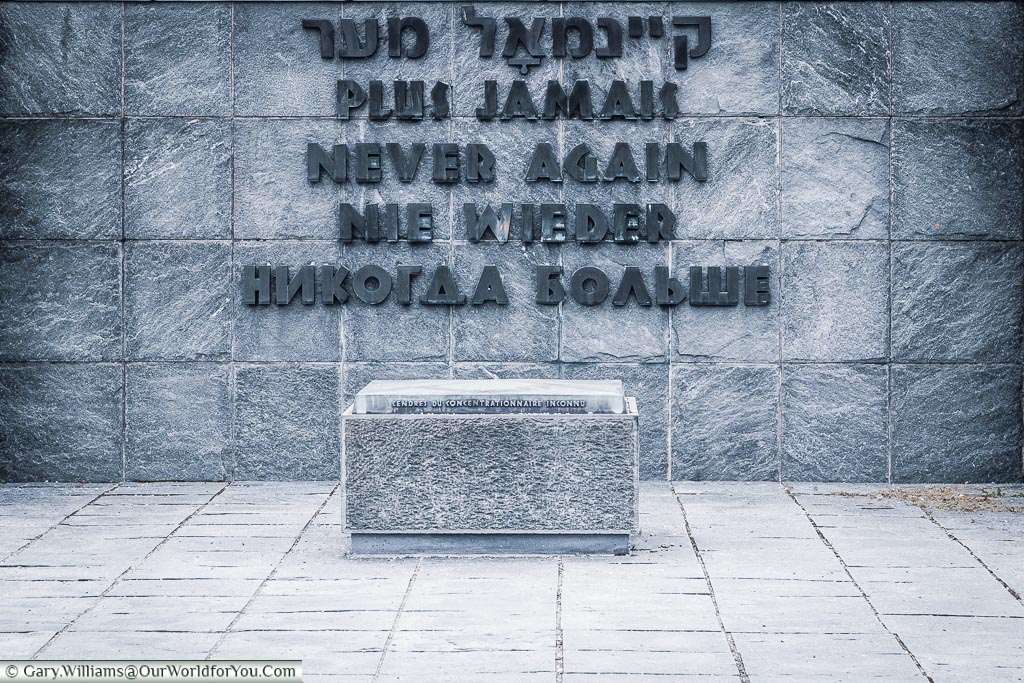
Never Again
The monument was designed by the Yugoslavian artist and concentration camp survivor, Nandor Glid.
Good to know!
The Barracks
As we wandered down the middle of the tree-lined former Camp Road, it really felt quite strange and almost oppressive.
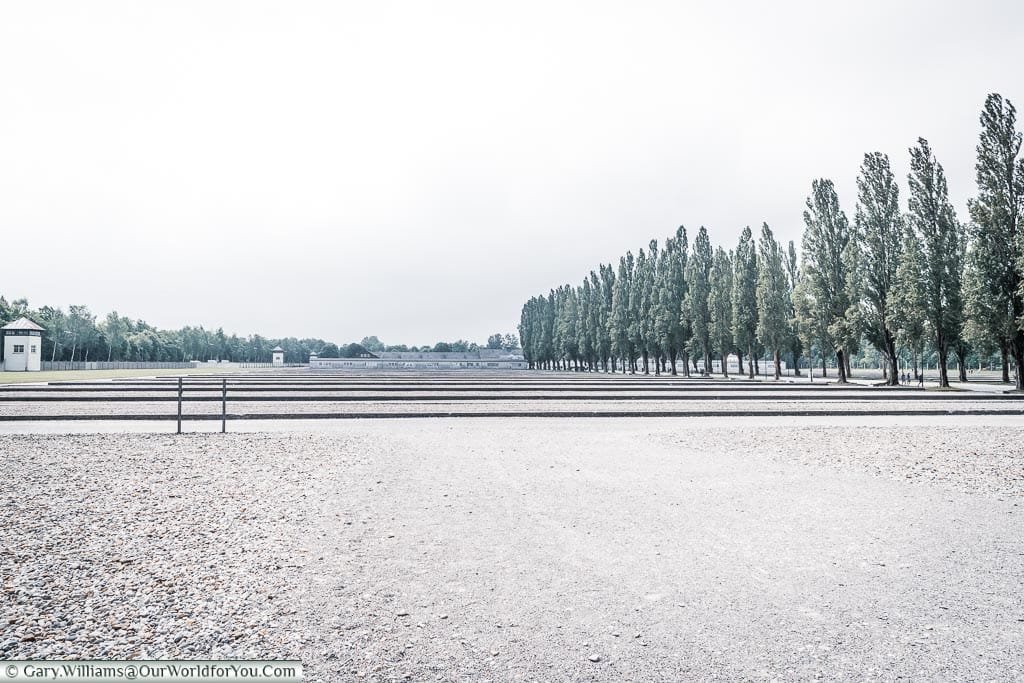
Former Barracks
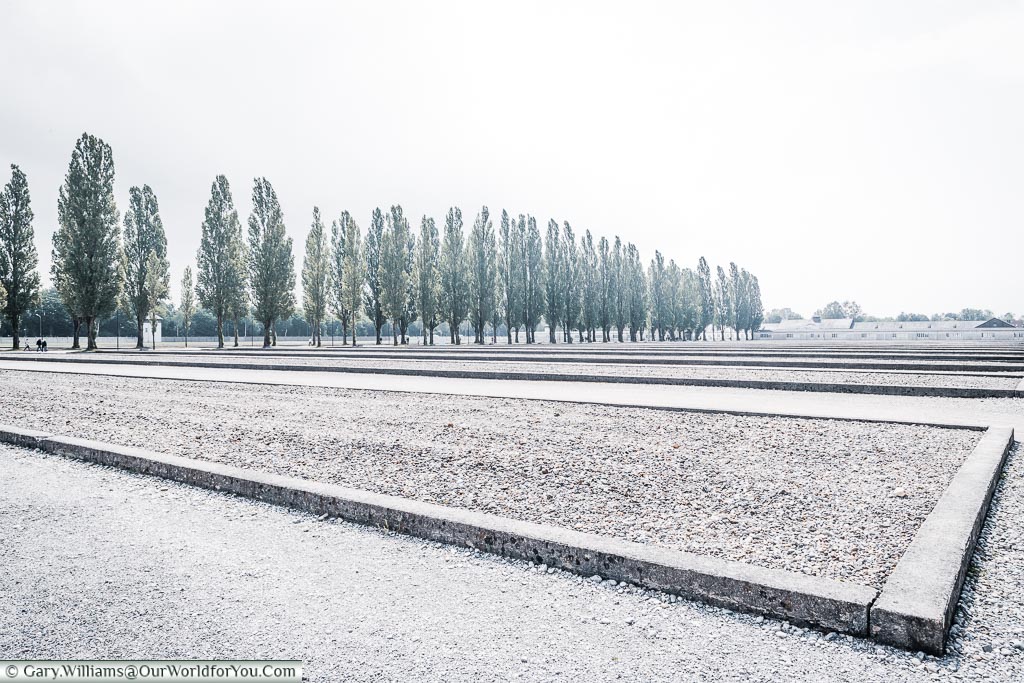
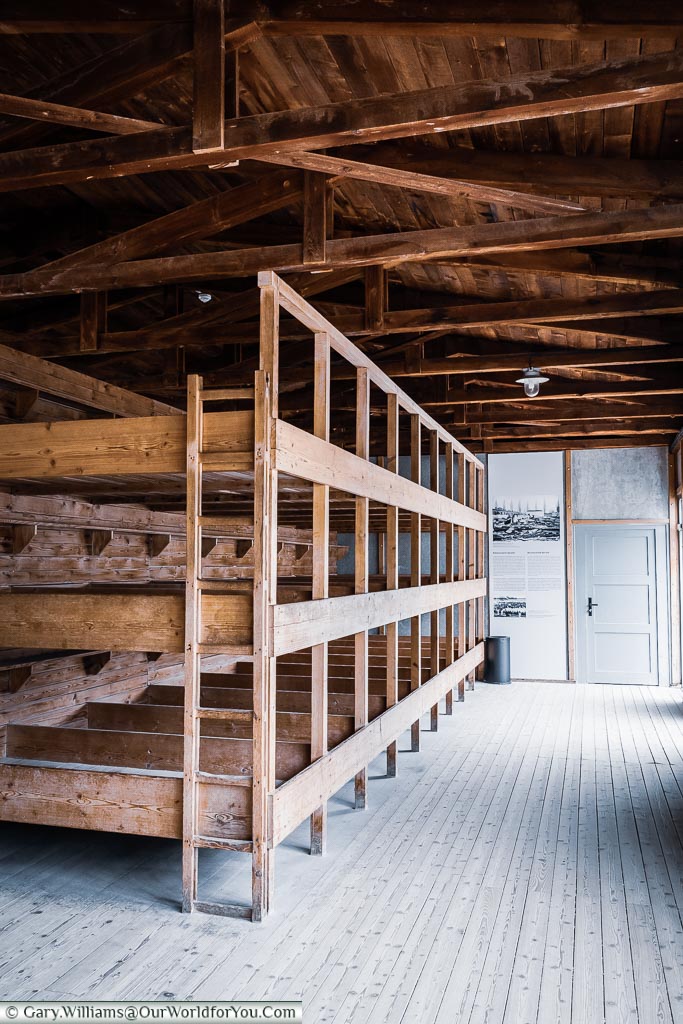
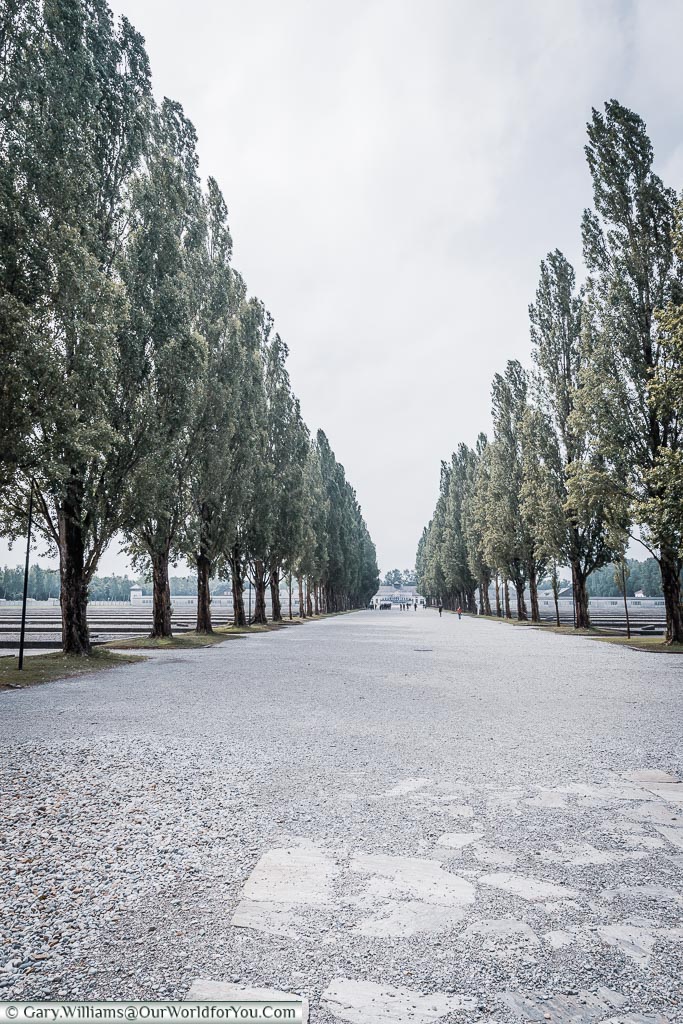
A couple of the barracks have since been reconstructed, to provide a tiny insight into how the living quarters of the camp would have been.
Crematorium, Barrack “X”
The most horrific and poignant part of the Dachau Concentration Camp Memorial Site is the crematorium. You are literally lost for words.
How one human being could inflict these atrocities on another is unfathomable.
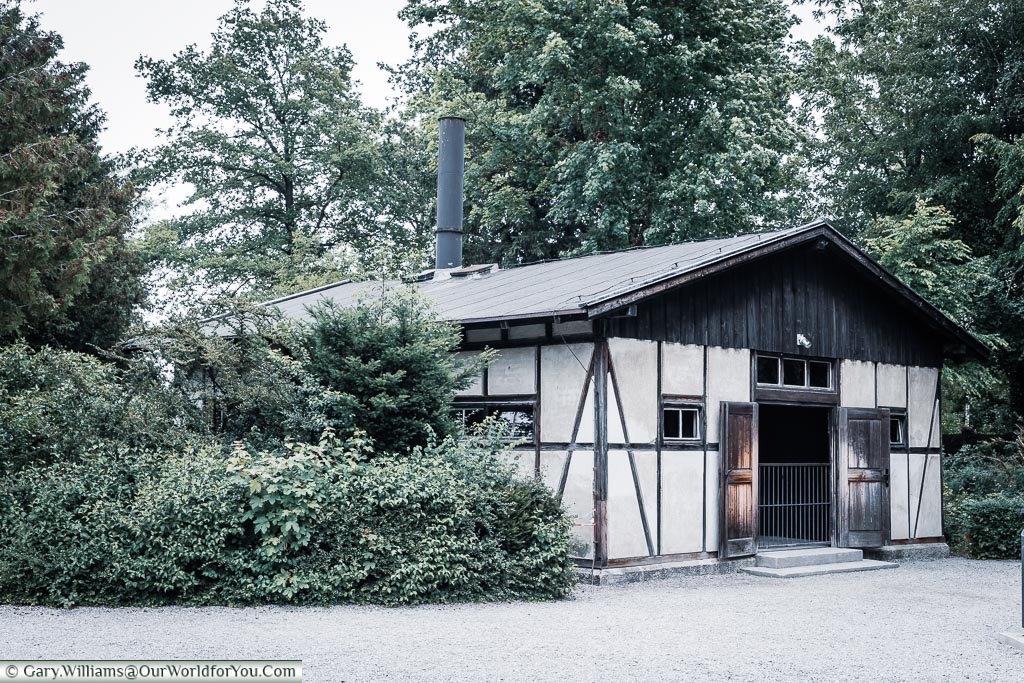
The old crematorium
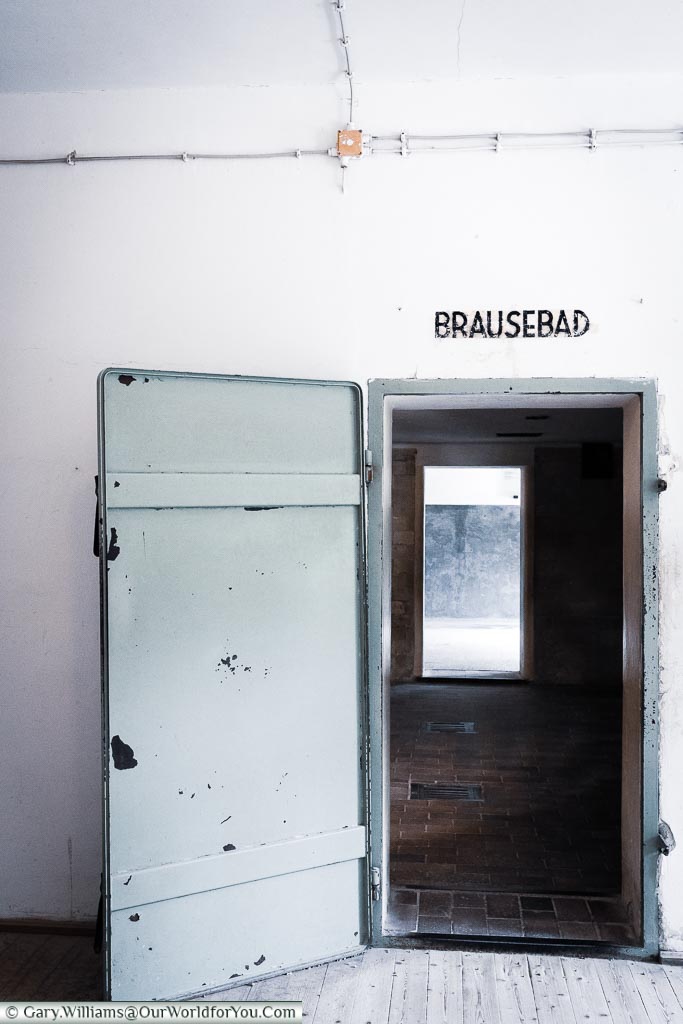
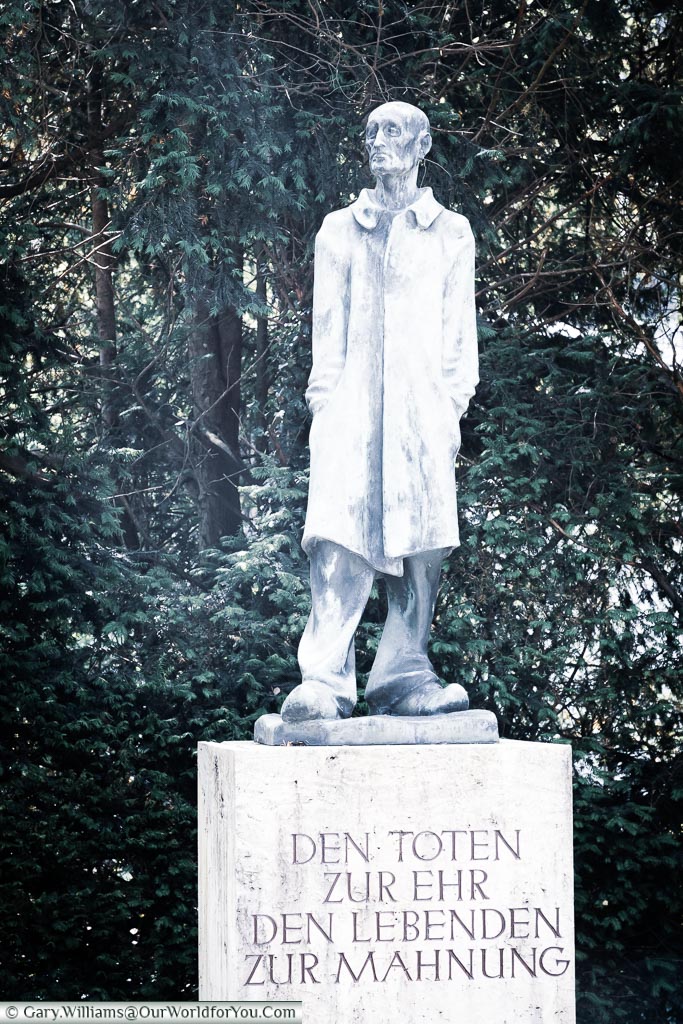
Memorial to "The unknown prisoner" by Fritz Koelle
It was horrific, and personally, I don’t think words are enough, these people were barbarians.
In the Memorial Site archive, 32,000 deaths are registered; many thousands more were not. A memorial to these unknown prisoners stands by the crematorium as a reminder of this.
Religious Monuments
During the years that Dachau operated as a concentration camp, people from many different religious faiths and backgrounds passed through the gates.
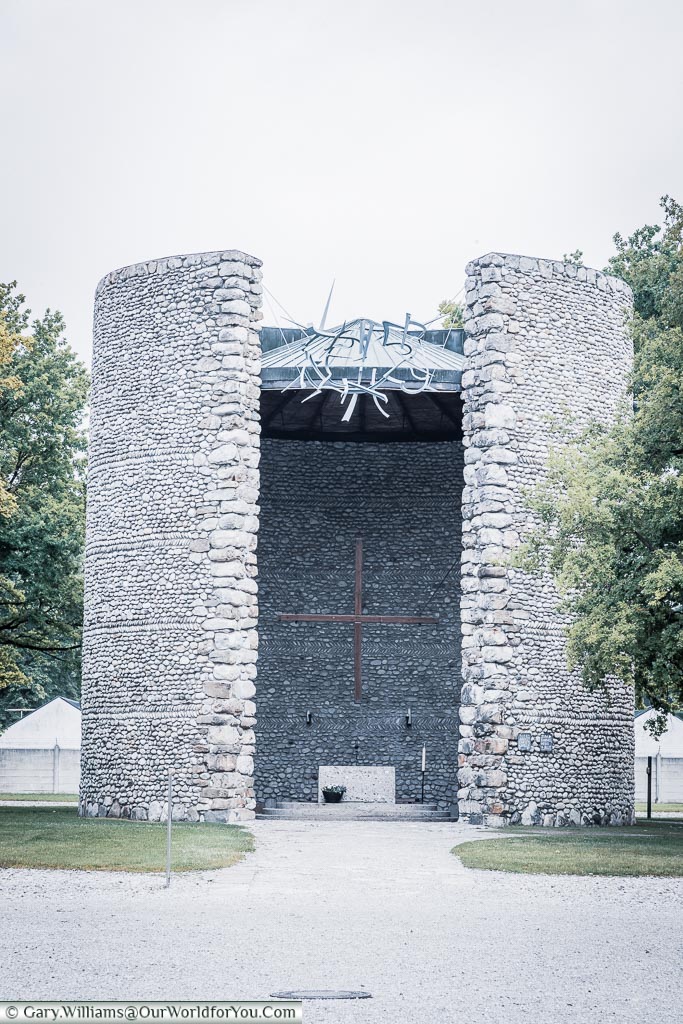
The Mortal Agony of Christ Chapel
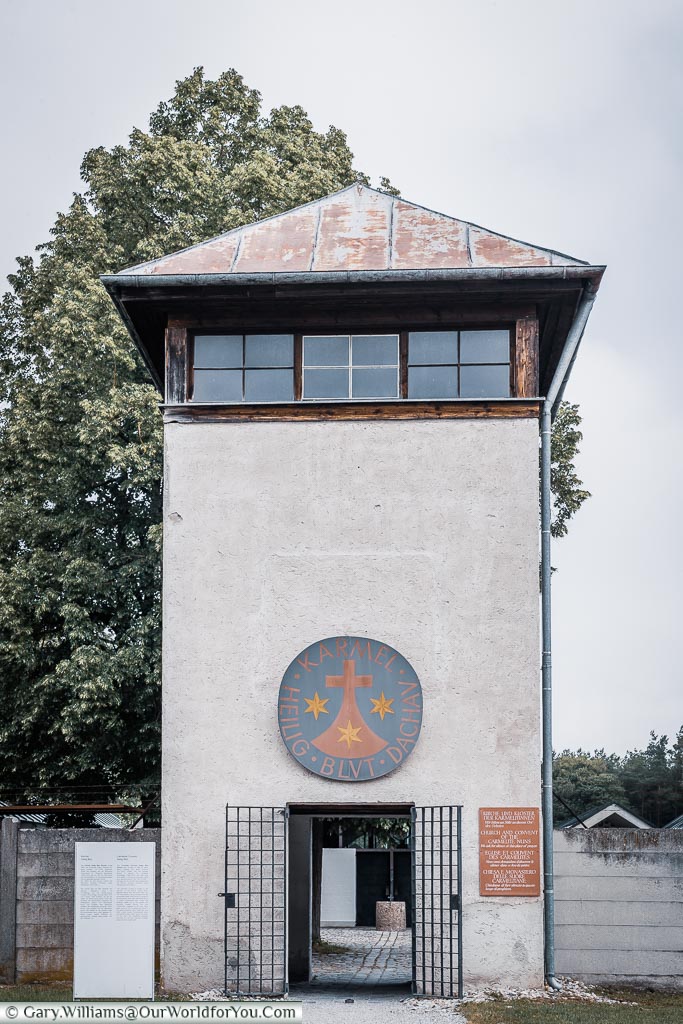
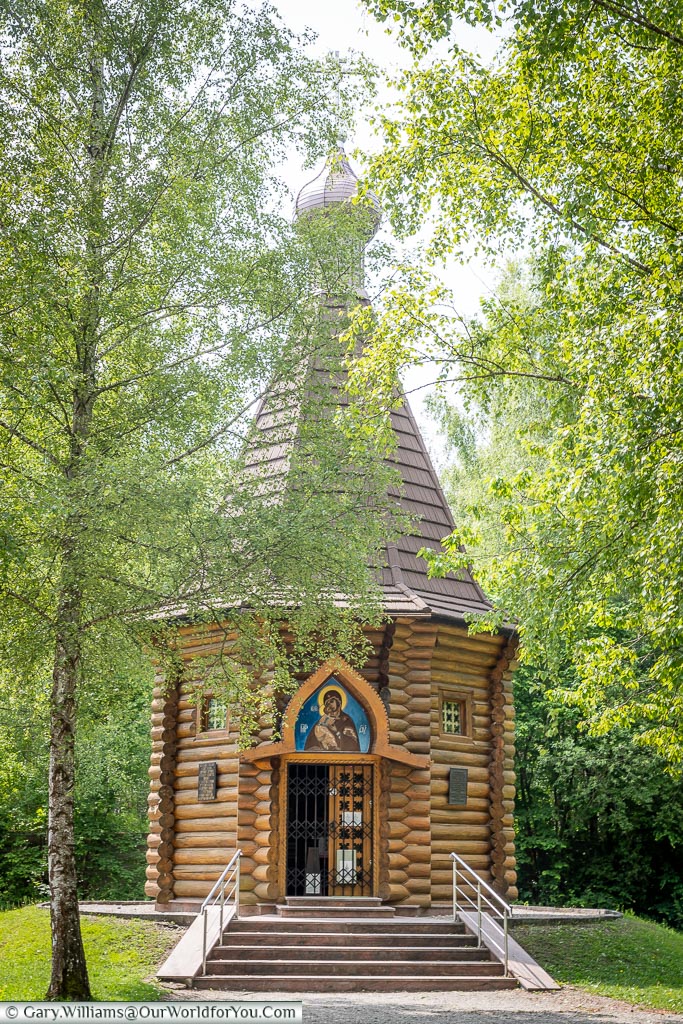
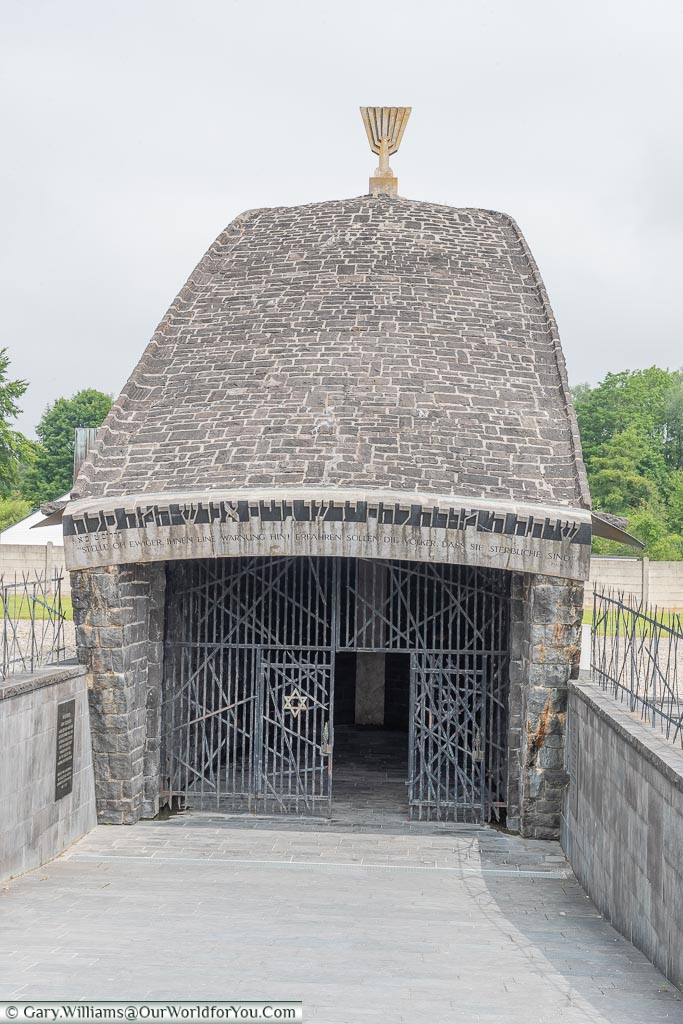
Jewish Monument
Amongst the different monuments are The Mortal Agony of Christ Chapel, which is seen the length of Camp Road. The Carmelite Convent, the Protestant Church of Reconciliation, the Jewish Memorial and the Russian-Orthodox Chapel.
Shocking reality
Horrifically Dachau camp served as a model for all later concentration camps. In the twelve years that Dachau Concentration Camp was in operation (1933 to 1945), over 200.000 people from all over Europe were imprisoned there, and within its 140 subcamps. It is believed that one in five persecuted prisoners, perished in Dachau. Around 41,500 people were murdered until American troops liberated them on 29th April 1945.
Useful Info
- The official Dachau Concentration Camp Memorial Site, website has a fantastic amount of useful information
- It is not recommended that children under 12 visit the camp.
- Admission is free of charge.
- Opening hours at 9am to 5pm (Closed 24th December).
- Guided Tours for individual visitors are €3.50 for 2 ½ hours.
- Audio guides €4.
- You can also download for free, the Dachau Memorial Guide app, by the Bavarian Memorial Foundation – this provides all useful current visitor information.
* This post may contain links to affiliated sites where we earn a small commission at no additional charge to you.
Inspired to visit the Dachau Concentration Camp?
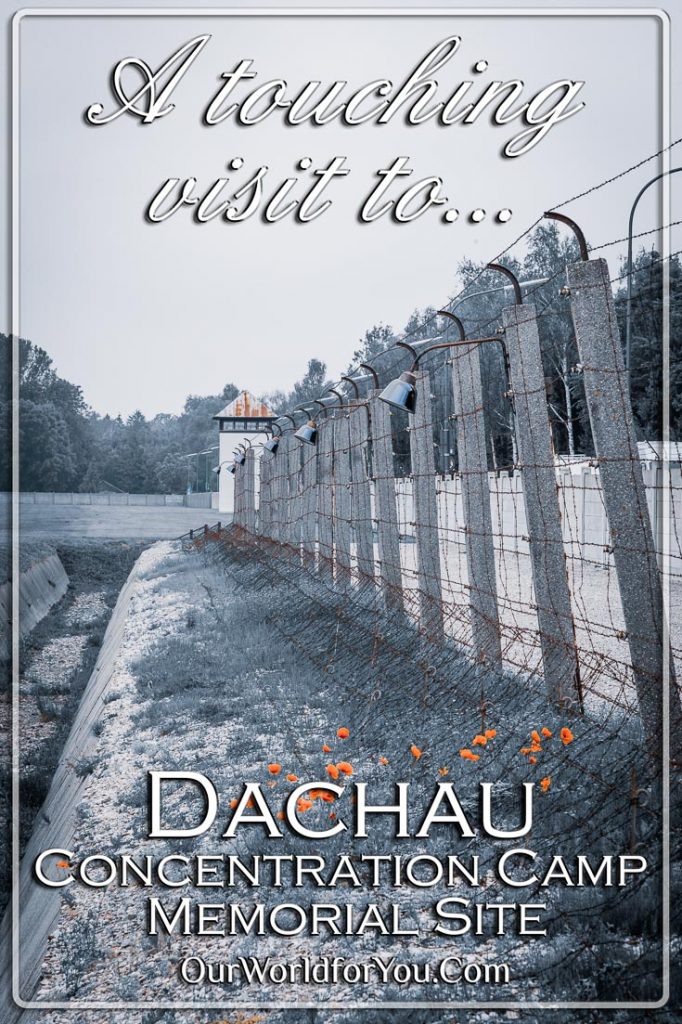
(Why not Pin It for Later?)
If you enjoy what you see, and you’d like regular updates then join us for a monthly newsletter.
